What is the best way to treat aphids from bushes?
Aphids on bushes in the garden can appear unexpectedly in late spring or midsummer. In any case, this problem cannot be ignored. Small insects multiply quickly and are capable of causing serious damage to shrubs in a short time. Pest control will be effective only if it is carried out comprehensively. A number of agrotechnical measures will help to prevent the invasion of aphids.
Where does aphid come from?
In the garden, aphids can appear on a wide variety of plants - fruit trees, shrubs, flowers and vegetables. In nature, this parasite is represented by a large species diversity. Aphids that have settled on the site, during reproduction, lays eggs in hard-to-reach places. These can be cracks in the bark of trees, an area near the roots of plants. Here the eggs spend the winter or they are carried away to their home by the ants, where they are stored until spring, and then they are spread over suitable plants.
With the arrival of heat, wingless females appear from the eggs, capable of reproducing without fertilization. It is they who generate up to several dozen new generations per season. In a short time, whole colonies of aphids settle on the site, mercilessly destroying plantings.
A little later, among the insects, flying females appear, which can move a considerable distance. This is facilitated by gusts of wind. As a result, pests can settle for tens of kilometers around. Winged females mate with males and lay overwintering eggs again. From this moment, a new life cycle of insects begins.
What does aphid look like on bushes?
Scientists have described several thousand species of aphids. In appearance, these are small insects, not exceeding a few millimeters in size. The body shape of the parasite can be round or oval, and the color matches the color of the plants that the aphid feeds on. Garden varieties are often black, green, or clear.
Aphids have good eyesight and can distinguish bright colors. Insects do not have a mouth as such - their oral apparatus is represented by a thin proboscis, with which the pest pierces the surface of leaves and young shoots in order to suck out juice from them. Aphids have 3 pairs of small legs that allow them to even jump.
Most often, the pest massively attacks the shrub during the flowering period. At first, you can notice insects only on the back of the leaves, where they hide. When there are too many aphids, it is completely covered with young shoots. Plants look literally covered with small mobile insects.
On shrubs and trees, leaf aphids usually settle, which can affect fruit and ornamental crops. Especially susceptible to attacks by aphids are roses, raspberries, currants. This type of pest is capable of destroying even grass. Leaf aphid females are lemon-colored, and males are dirty brown. Ants have a special fondness for this species, therefore they carefully guard against ladybirds and other natural enemies.
Pest Damage
You can notice aphids on shrubs, first of all, by the presence of sticky spots that the pest leaves behind. This pad is a product of the vital activity of insects, which ants love to feast on. As a result of damage, small light spots appear on the leaves; on the buds, puncture sites are painted black.
Aphid inflicts significant damage on shrubs:
- leaves deprived of juice curl, turn yellow and fall off;
- young shoots covered with aphids stop growing;
- the affected buds wither and dry out without opening;
- sticky plaque becomes fertile ground for the development of fungal infection;
- the plant weakens and stops developing.
It is easier to remove aphids from shrubs at the initial stage of infection, so you need to regularly inspect the plants and begin to fight the pest as soon as its presence was noticed.
Preventive actions
So that a small but dangerous pest does not annoy the bushes in the garden, you need to take care of preventive measures in advance.
Prevention should be approached comprehensively:
- in early spring, fumigate the bushes with special smoke bombs with an insecticidal effect;
- regularly loosen and weed the soil under the bushes - this contributes to the destruction of adult insects and their eggs;
- do not overfeed the plants with nitrogen fertilizers (with an excess of nitrogen, the juice becomes attractive to aphids);
- use complex preparations containing not only the main macronutrients, but also iron, manganese, zinc, molybdenum, boron for feeding;
- track the parameters of soil acidity (the shrub will be able to normally absorb food only at optimal pH values for it);
- use ash as a fertilizer (the role of potassium in the life of fruit shrubs is difficult to overestimate: this element helps to strengthen plant tissues, improves resistance to adverse conditions; the denser the leaves are, the more difficult it is for aphids to pierce their surface);
- watering the bushes regularly, pouring a tight stream over the leaves of the plants - this will help wash off insects with the pressure of water (but this method will not work for roses with thin shoots);
- in case of a large accumulation of ants, remove them with special means ("Anteater", "Muravyin", "Muratsid", "Thunder-2", "Summer resident").
To scare off aphids, you can plant odorous plants near the bushes:
- parsley
- onion,
- garlic,
- calendula.
To attract insects to the site, which are natural enemies of aphids, it is recommended to plant:
- carrot,
- dill,
- buckwheat,
- mustard,
- clover.
Fighting with folk remedies
Inspection of summer cottages should begin in early spring and then take action if a pest is found. While aphids are present on the bushes in small numbers, you can fight it using folk methods.
If in the previous season insects were seen on currants and gooseberries, as soon as the snow melts in the near-trunk circles, you need to treat the shrub with boiling water using a watering can with a sprinkler nozzle. You need to act at a time when the kidneys have not yet awakened. This effective technique not only helps to kill aphid eggs, but also effectively destroys ticks, as well as powdery mildew spores.
Insects can be collected from newly opened leaves by hand.
In order to prevent pests from proliferating, you need to treat the bushes from aphids with one of the following compositions:
- Soap solution. A bucket of water consumes 1 piece of laundry soap weighing 100 g. It is crushed on a grater and mixed well in water until completely dissolved. It is necessary to spray the leaves on both sides, but the solution should not get to the ground. Cover the soil near the bush with polyethylene. A simple tool works very effectively: a soapy film forms on the surface of the leaves, which prevents piercing of the leaf plates. This protection is enough for 7 days.
- Infusion of celandine. This remedy is great for aphids on roses. Greens 5-6 bushes of celandine are chopped with a knife, add 3 tbsp. l. soap shavings and throw the mixture into a bucket with 10 liters of hot water. The solution should be infused for 5 hours. After that, the agent is used for spraying. You can simply moisten the shoots of the shrub in the solution by dipping it into a bucket - this method is especially good if aphids have settled on the tops of young shoots.
- Cayenne pepper. The infusion made from 10 pods of hot pepper is well repelled by the pest. Pepper together with seeds are scrolled in a meat grinder, add 1 tbsp. l.shavings of simple soap and pour 1 liter of hot water. After a day, the infusion is filtered and used to treat infected bushes. The tool helps to get rid of other pests.
- Decoction of tomato tops. Prepare a remedy from 0.5 kg of tomato stems and foliage. Raw materials are crushed, poured with hot water in a volume of 10 liters and boiled for half an hour over low heat. After the broth has cooled, it is filtered. Before use, a glass of the product is diluted in 1 liter of clean water and the leaves are sprayed.
- Garlic infusion. Aphids do not tolerate the pungent smell of garlic, which is worth using. It is necessary to pass through a press 5-6 cloves of garlic, mix the resulting mass with 1 tbsp. l. vegetable oil, pour 0.5 liters of warm water into the same container, let stand for 3 days, strain. For spraying use 2-3 tbsp. l. the resulting infusion for 1 liter of water. Immediately before processing, add 2 tbsp to the sprayer. l. liquid soap.
Folk remedies are absolutely harmless to the environment, animals and humans, and therefore are popular with gardeners. For greater efficiency, repeat the treatment 3-4 times with an interval of 5-7 days. If the composition applied to the leaves is washed off by rain, you need to spray the bushes again.
Use of chemicals
Given the high toxicity of chemicals, it is necessary to resort to their use only in advanced cases. Indeed, from the action of the poison, not only harmful, but also beneficial insects die. Birds, animals, people can also get poisoned. Insecticides disrupt the soil microflora and can accumulate in fruits.
However, sometimes this last resort is necessary because other methods have failed. Aphids have developed resistance to preparations based on organophosphorus compounds ("Karbofos", "Actellik", "Fufanon", "Alatar"). It is better to use systemic insecticides for treating bushes, the active substance of which is neonicotinoids:
- "Tanrek" - an affordable drug based on imidacloprid. The working solution is prepared from 3 ml of the product per 10 liters of water.
- "Aktara" - the active ingredient is thiamethoxam. For spraying, 4 g of the drug is diluted in 5 liters of water. Additionally, the topsoil is watered.
- Iskra Zolotaya - insecticide based on imidacloprid. To destroy aphids, 5 ml of the drug is diluted in 10 liters of water and sprayed on the affected shrub.
- "Prestige" - analogue "Tanrek" with the same active substance. The solution is prepared from 10 ml of the product in 5 liters of water.
- Biotlin - a product based on imilacloprid. Causes paralysis of aphids several hours after application. Consumption of funds - 3 ml per 10 liters of water. Not addictive.
For fruit shrubs, it is preferable to use biological preparations, for example "Fitoverm" (3 ml per 2 liters of water) or "Akarin" (6 ml per 1 liter of water). Both funds do not accumulate in the fruit, which means that the crop will remain edible. The drugs show the greatest efficiency at a temperature of + 18–20 ° C. In hot weather, their effect is reduced.
Aphids are rightfully considered an annoying and unpleasant pest. To defeat it, you need to be persistent, to carry out treatments repeatedly. It is also necessary to take measures to remove aphid ants. We must not forget about prevention.
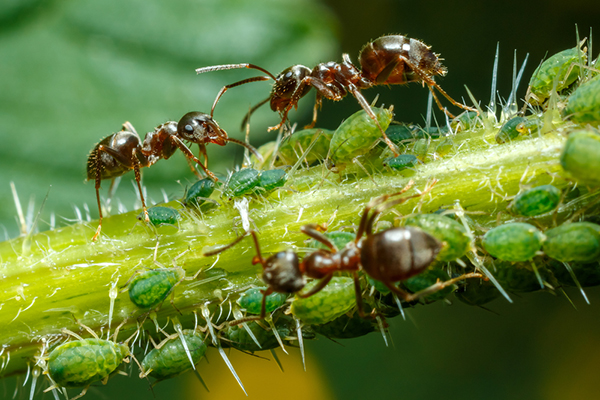
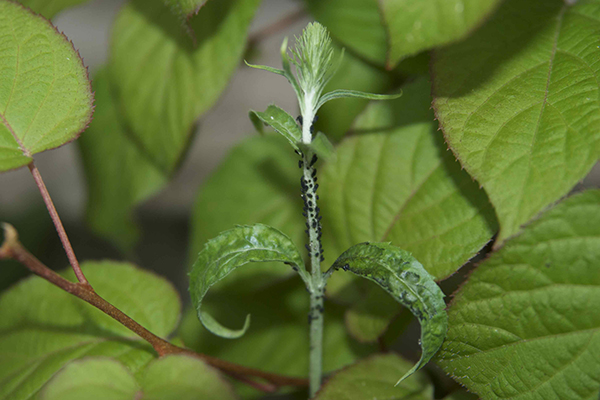
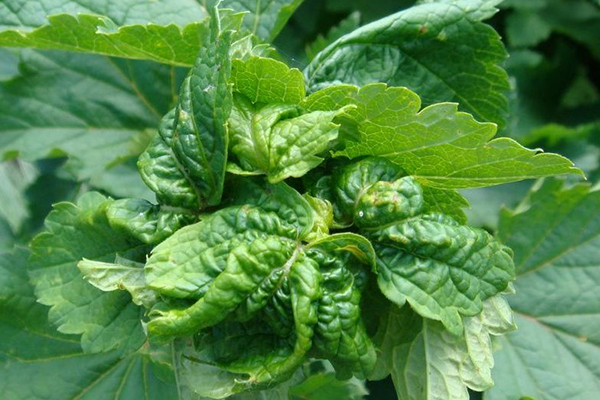
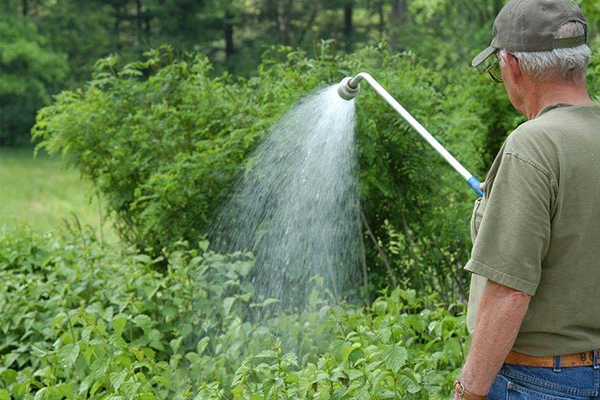
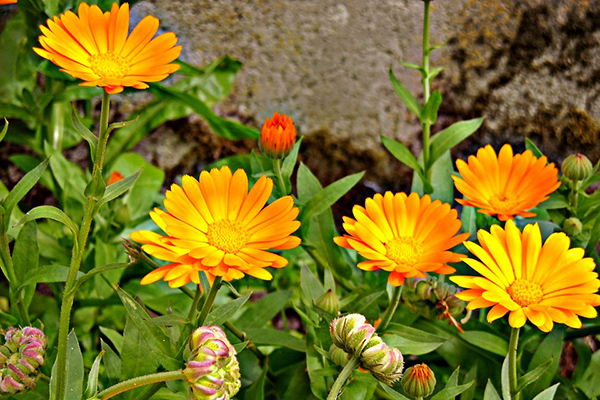
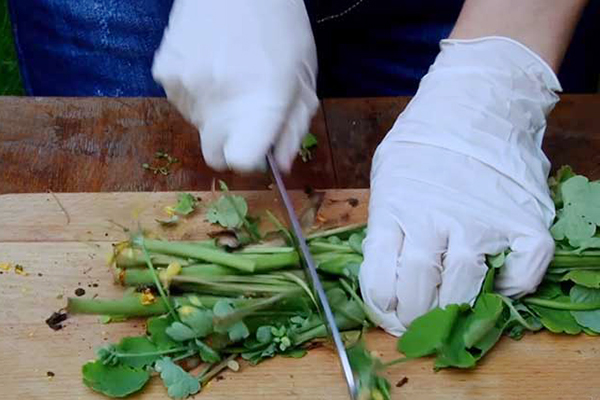
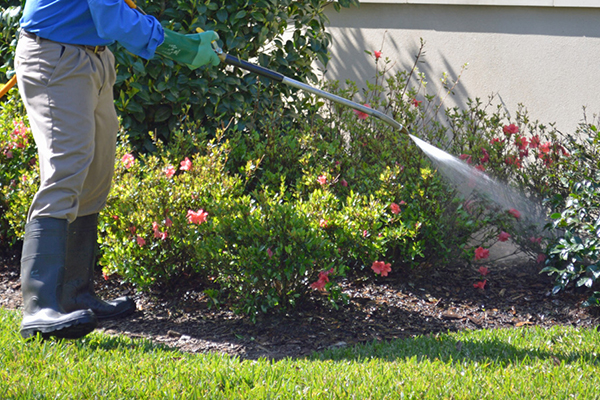

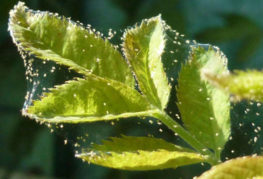
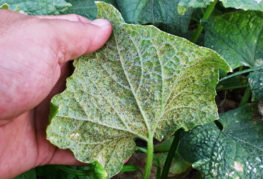

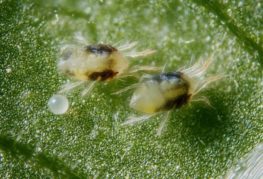
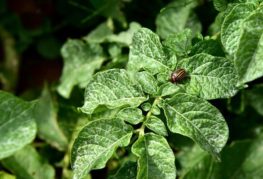
and will be published shortly.